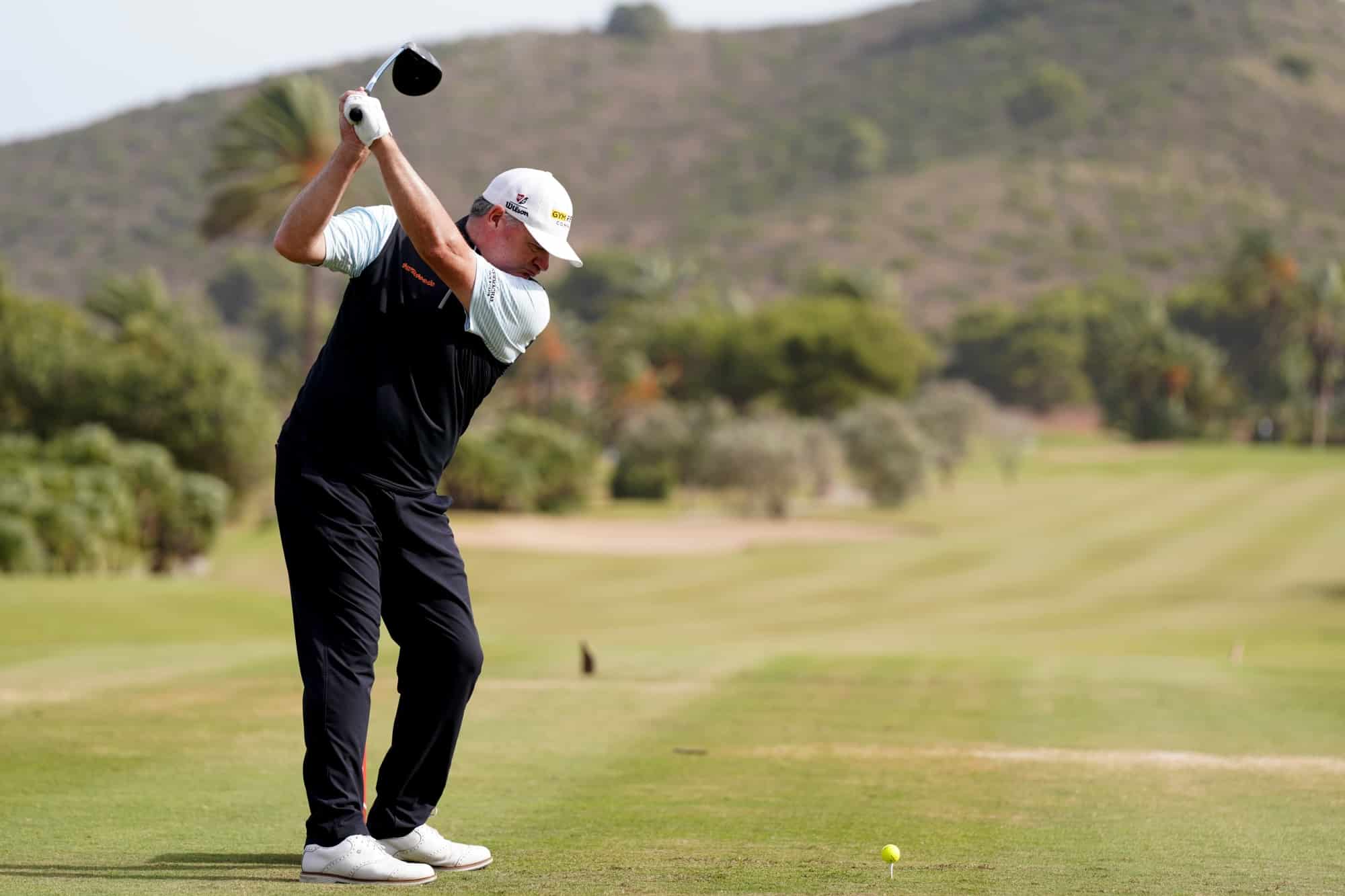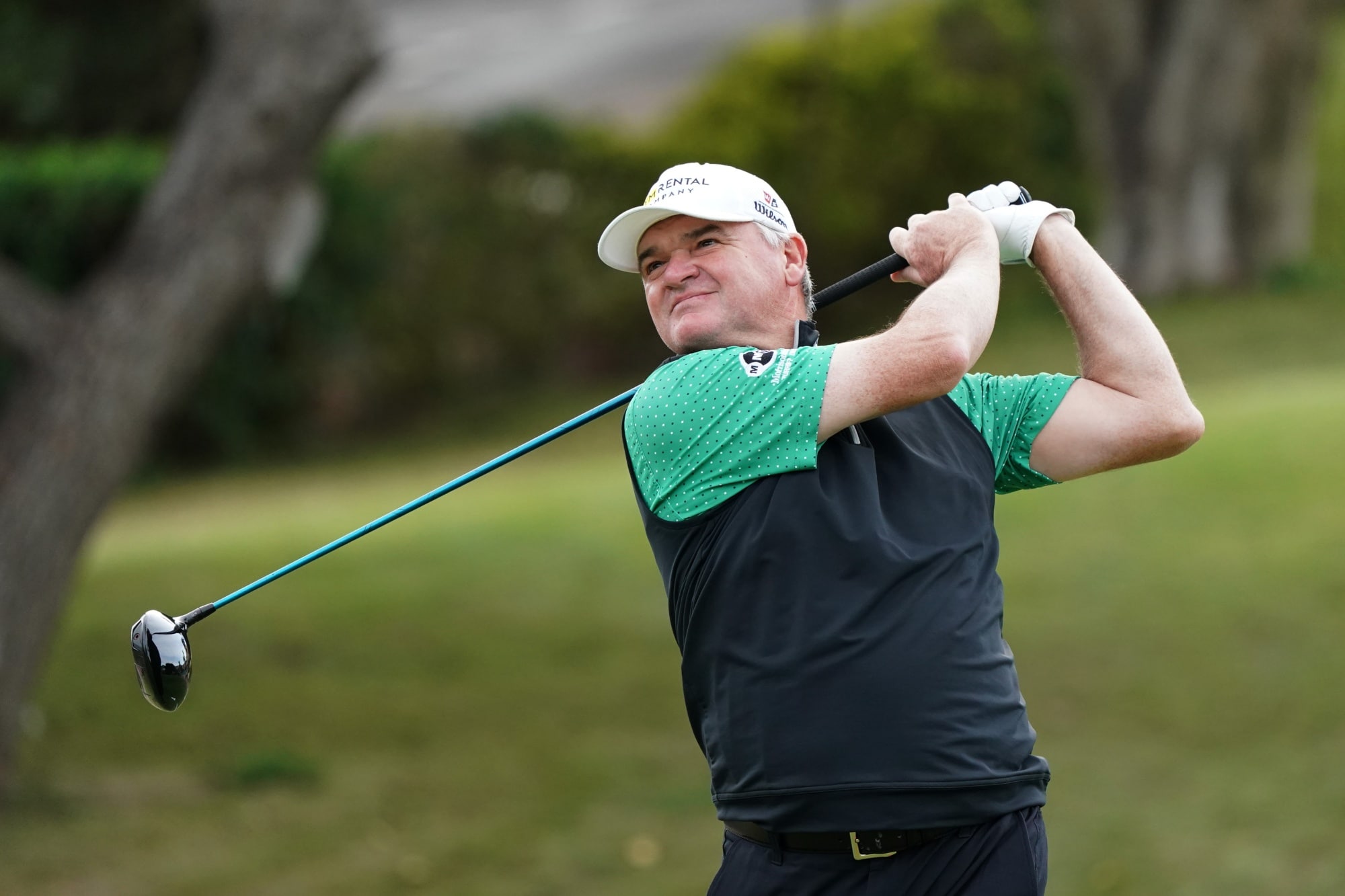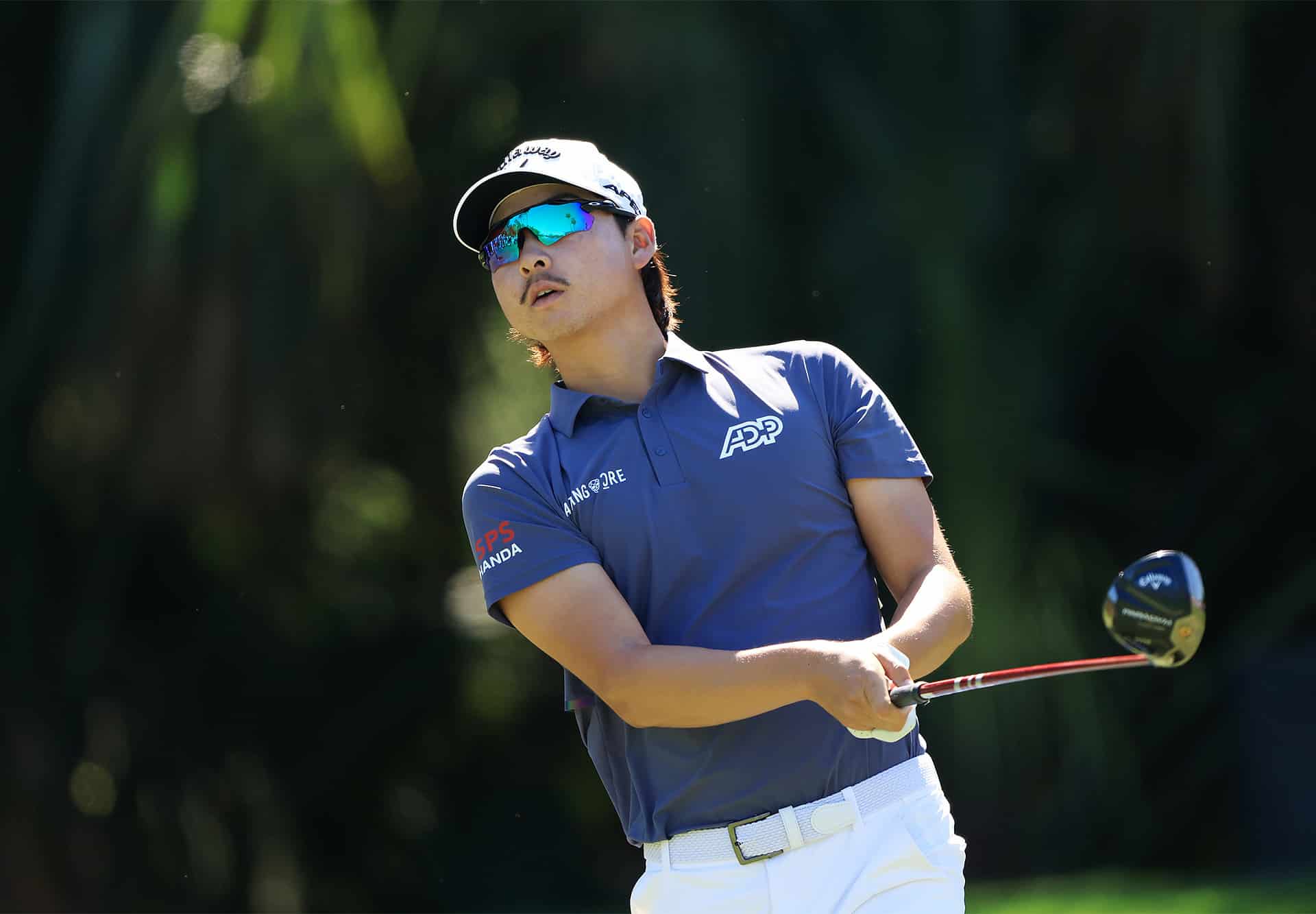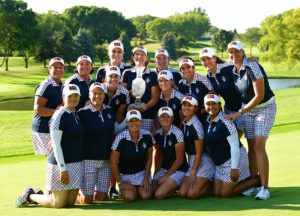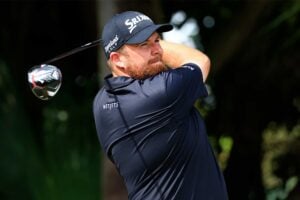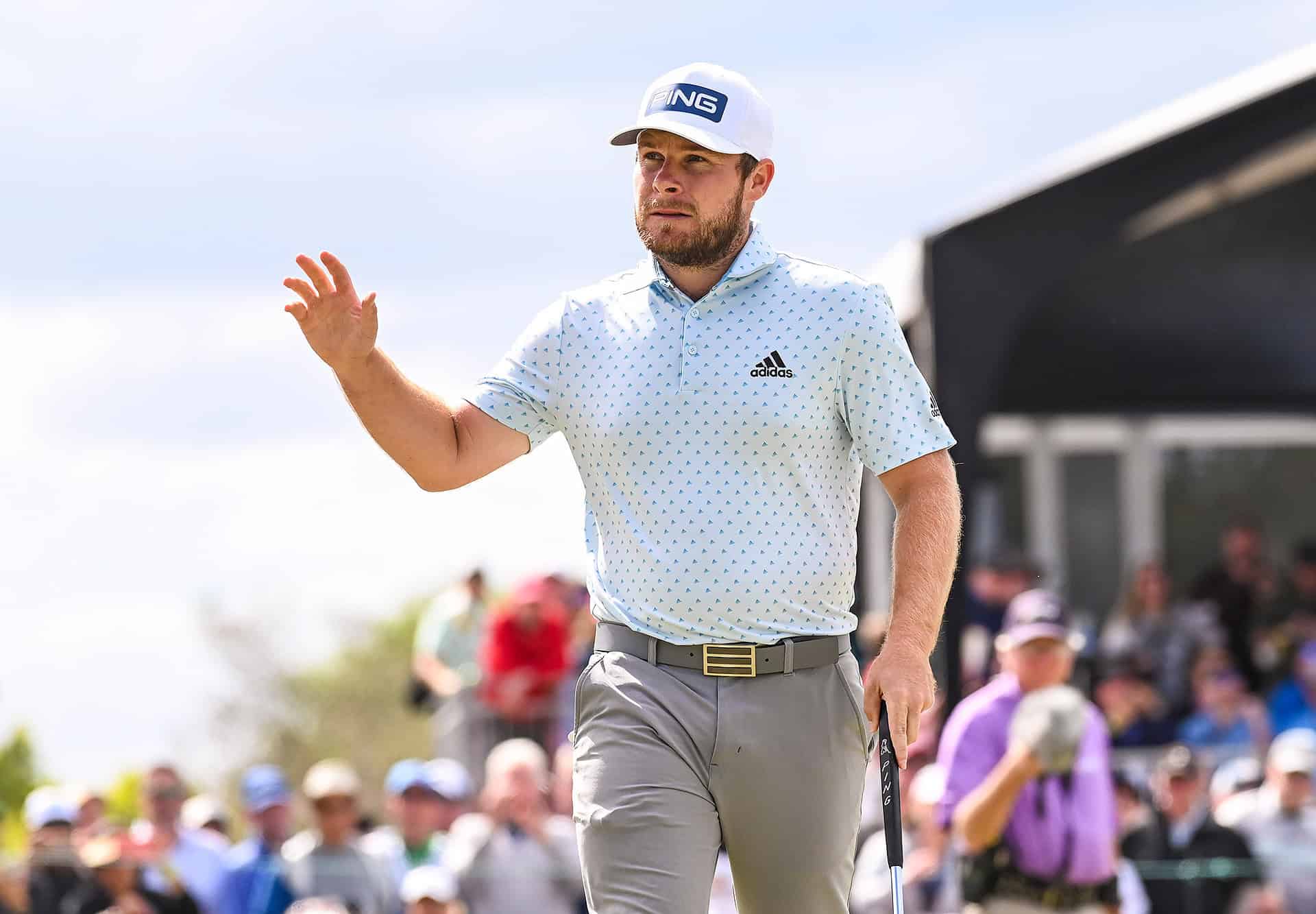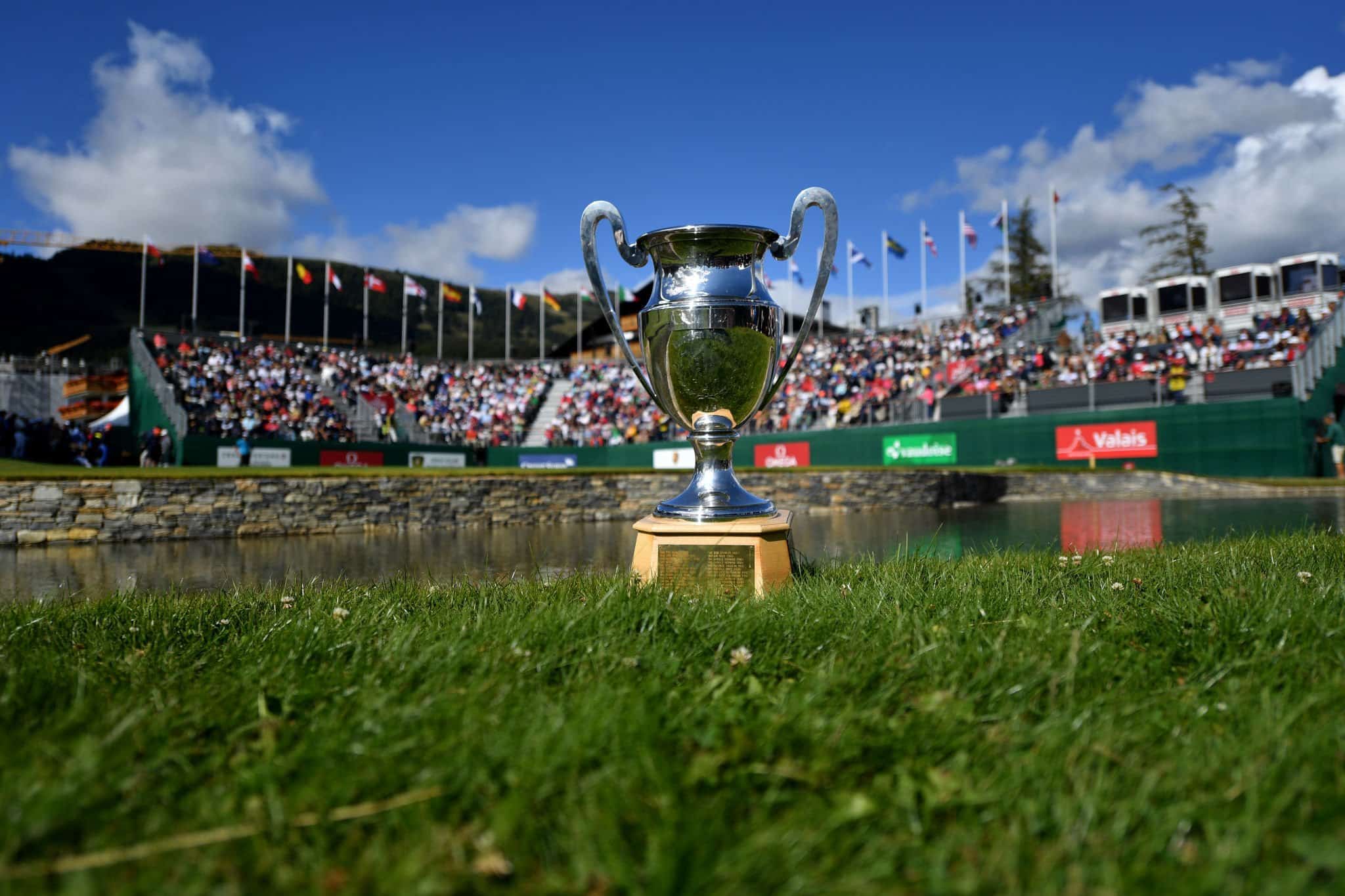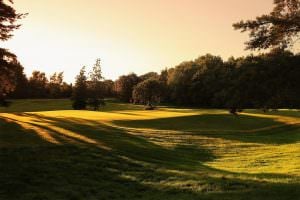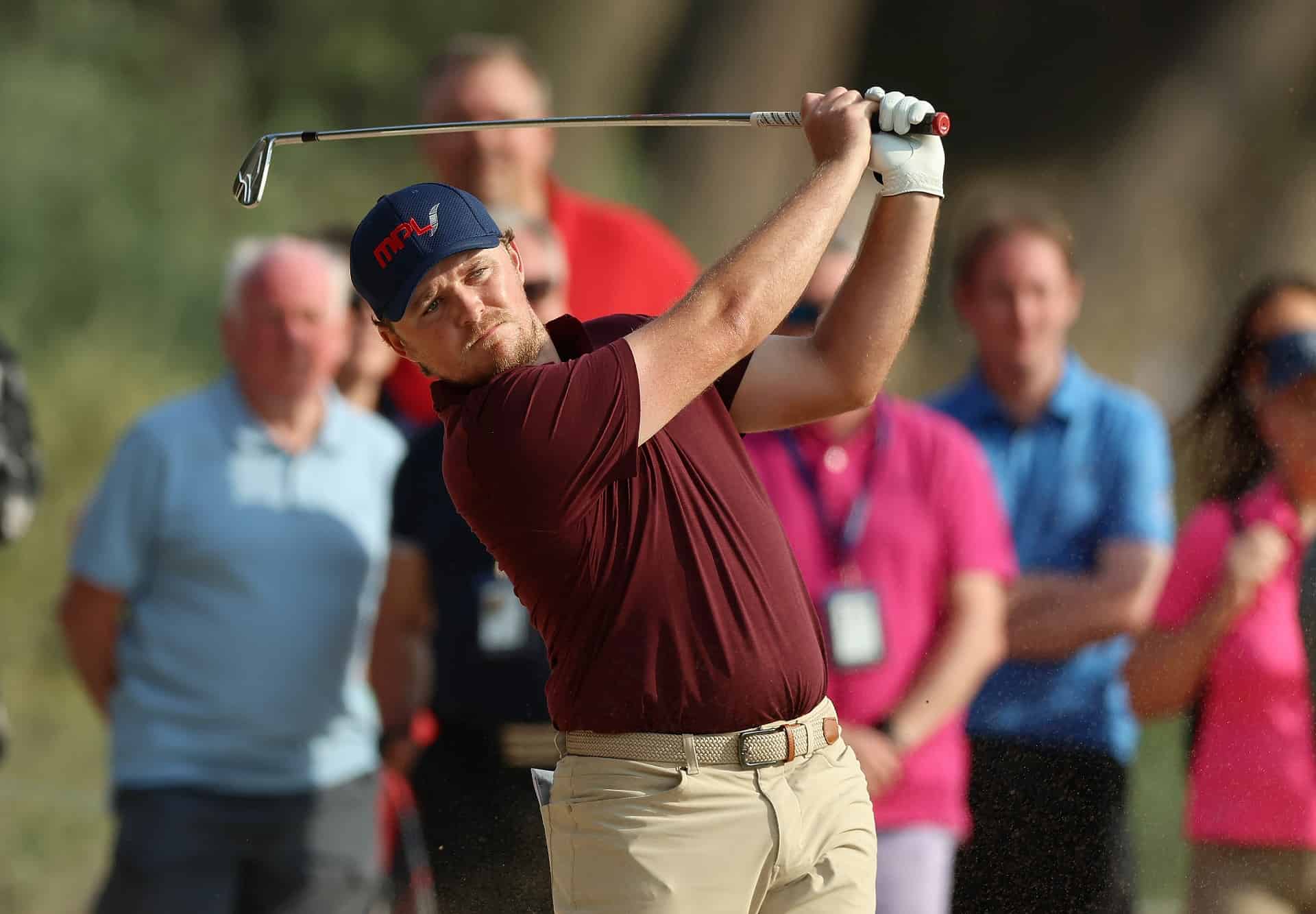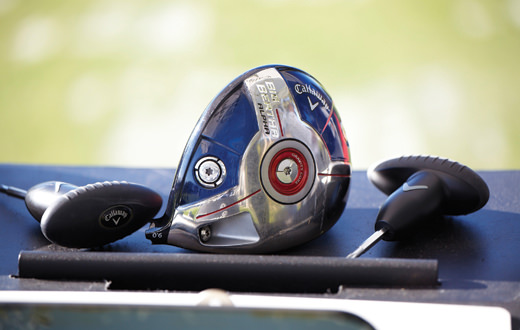
Golf equipment: Charting the return of Callaway’s Big Bertha
“I never got off the tee so well in my life.”
This could easily have been the appraisal of any weekend (or professional) golfer on the game’s most exciting equipment advance in 1991 but this reviewer was US president George Bush on national TV.
Everybody, it seemed, was now talking about Big Bertha.
Which is precisely what Ely Callaway wanted. He was always a lover of the game but his first golfing business pursuit came about when he spotted a pitching wedge with a hickory shaft in a Palm Springs pro shop. It reminded him of a club he used growing up.
It was made by a local company Hickory Stick USA and was looking for investors. He bought half the company and renamed it Callaway Hickory Stick USA. They relocated to Cathedral City in California in 1983 and, two years later, moved south west to Carlsbad.
Richard Helmstetter, whose company designed billiard cues in Japan, was brought in as chief club designer and the pair set about carving a niche as a small manufacturer of high-performance golf equipment. The company blossomed, the partners were bought out and it was renamed Callaway Golf.
Callaway and Helmstetter put together a team of five aerospace and metallurgical engineers to design a stainless steel driver rather than persimmon. The first version was too small. A second prototype performed better but was thought to be too ugly. They then shortened the face, smoothed out the toe and made it sturdier with a new casting technique.
It was also bigger – 25 per cent larger than traditional clubs of the day – and better. It was more forgiving than any previous design and Callaway had every confidence in his new product, which was named after a World War 1 German cannon famed for its long-distance capabilities. He ordered an unprecedented 300,000 clubheads from the casting house and financed part of the cost with his own money.
As industry professionals converged on Orlando for the annual trade show, Callaway ran a full-page advert in the south-east edition of the Wall Street Journal unveiling the Big Bertha. Callaway then had the paper delivered to every hotel room in the area with a sticker on the front page pointing to the promotion.
All the moves paid off, and then some. In 1991 sales reached $54.8m, by 1997 the numbers had rocketed to close to $1 billion helped by the titanium Great Big Bertha and Biggest Big Bertha drivers.
Callaway’s headquarters remain in Carlsbad and today there is a space-age facility where hundreds are employed and millions pumped into research and development. Last year around $30m was spent on this side alone.
Great names of the men’s and women’s game represent the brand and Major victories have been banked – all four of Phil Mickelson’s have come as a Callaway staff player.
However, as a brand they had, in new president and CEO Chip Brewer’s own words, ‘lost some momentum’ and there was a rebuilding process to be done.
“When I came into the company (in February 2012) it had good bones and good heritage but it had lost its focus. Its founders were about making clubs that were demonstrably superior and pleasingly different and they did it with the Big Berthas and Great Big Berthas. Over a long period of time it lost the plot a little bit, it became a lifestyle brand and became a bit confused. Now we will differentiate on product.”
But the new Big Bertha and Big Bertha Alpha are not built for robots, they are built for you and me. And they have. Brewer is a self-confessed product geek, something he learnt when he ran sales and marketing at Adams Golf. Within four years he had become president and CEO there, a position he held for 10 years. For Brewer the product is the keystone.
“If I’m having a bad day I’ll go over to R&D and it will give me energy. I will spend more on R&D in 2014, they will get a ton of love, but I have high expectations.”
Head of R&D is Alan Hocknell, who isn’t exactly a Californian. In fact, he was born and raised in Barrow-in-Furness, in Cumbria. His path to Carlsbad came via a mechanical engineering degree at Imperial College and a PhD at Loughborough before being invited to the States in 1997.
“Callaway had got to the point where they had good drivers a little bit too much by trial and error and they wanted to repeat that kind of success more predictably so they were starting to hire engineers like myself. In the early 90s they were using more tricky tooling techniques than had been used before in golf so it was as much of an exercise in the production process as it was in a breakthrough in design.
“They did a lot by trial and error, they couldn’t really assimilate the performance of any of the golf clubs before building them.
“They were on a voyage of discovery to see what a metal wood could do when you made it as large as Big Bertha was going to be and they were experimenting with titanium. It was all done by a series of prototyping and doing a lot by feel and engineering judgment and nous before eventually the robots came in.”
Now a robot sits in pride of place in the heart of the Ely Callaway Performance Centre which is a five-minute drive from the company’s headquarters. Our mechanical friend would, incredibly, be capable of launching a golf ball 800 yards, if there was a shaft capable of sustaining such a lusty blow (there isn’t).
But the new Big Bertha and Big Bertha Alpha are not built for robots, they are built for you and me. Both use an eight-way adjustable hosel – the Big Bertha with an eight-gram sliding weight, the Alpha through changing the centre of gravity both horizontally and vertically.
“It was a conscious effort with the Big Bertha to make it playable by the broadest range of golfers, so we stretched our engineering to make the head light as well as having an advanced form of adjustability. By making it light you can make the swing weight relatively light and include very average golfers and that was a characteristic of the original Big Bertha,” said Hocknell.
“People talk about the rules and then you come up with a product like the Alpha. This is a great example of putting the golfer first in the design process This driver shows our design philosophy better than any club. The performance of any golfer is not bounded by the rules; you can unlock the combination of launch angles, spin rates or ball speed that you’ve not had before – and that means distance.”
When Brewer joined Callaway a little under two years ago he knew the potential of the name Big Bertha – and that the company weren’t using it.
For a huge percentage of us the name still resonates strongly. It was the club that finally took the fear out of the driver. Those of us of a certain age had to make do with some sort of fairway wood to make our advances off the tee – all of a sudden the driver was part of the repertoire. Then, before too long, it was our favourite club.
Now we are helped yet further by experts, like the very likeable and modest Hocknell, who oversee watchmaker-size dimensions for adjustments of fractions of a degree of loft.
For Brewer, who is thrusting the company forward with his boundless energy and enthusiasm, the return of Big Bertha will help Callaway continue its upward curve.
“It’s the most impressive thing that the team has done. We are now offering products that have never been done before. That’s cool, that’s different,” said Brewer.
“Let’s start flexing muscles and show what we can do that others haven’t done. I used to have the Big Bertha and Great Big Bertha, I got my Big Bertha Alpha and I can’t wait to hit it.”
Tom Irwin

Tom is a lifetime golfer, now over 30 years playing the game. 2023 marks 10 years in golf publishing and he is still holding down a + handicap at Alwoodley in Leeds. He has played over 600 golf courses, and has been a member of at least four including his first love Louth, in Lincolnshire. Tom likes unbranded clothing, natural fibres, and pencil bags. Seacroft in Lincolnshire is where it starts and ends.


